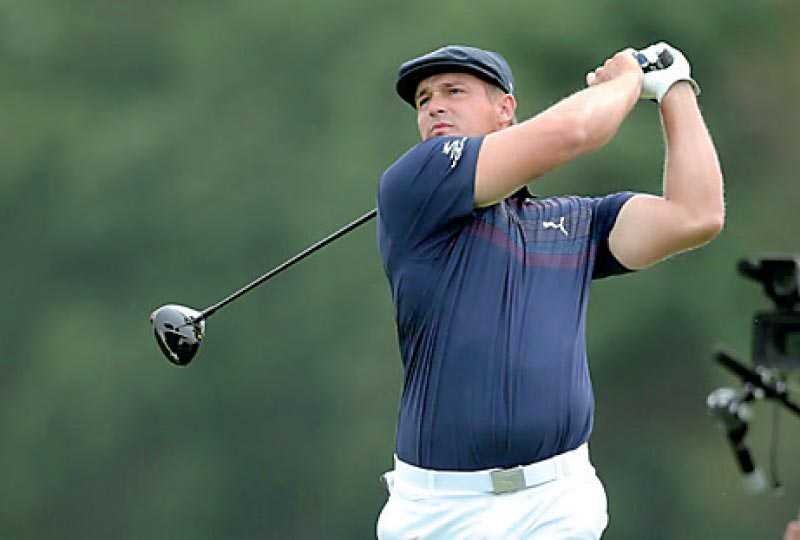Friday Jan 17, 2025
Friday Jan 17, 2025
Thursday, 4 February 2021 01:23 - - {{hitsCtrl.values.hits}}

Bryson DeChambeau hits his tee shot on the 2nd hole during the first round of the US Open golf tournament at Winged Foot Golf Club
LONDON (Reuters): Golf’s lawmakers are considering changes to equipment and the implementation of ‘local rules’ in an attempt to tame the power of the game’s massive hitters.
The Royal and Ancient, in conjunction with the United States Golf Association (USGA), said they are re-engaging with the golf industry to achieve a more sustainable future for the game, fearing courses could become obsolete.
American Bryson DeChambeau, who won last year’s U.S. Open, topped the 2020 PGA driving distance charts with a colossal 329-yard average, with 78 players averaging 300-yards or more.
He trialled a 48-inch driver for the tournament, the maximum permitted shaft length, at the U.S. Open but new proposals could see the limit set at 46 inches.
One ‘area of interest’ for the R&A and USGA is for the potential use of local rules that would specify the use of clubs and/or balls, resulting in shorter distances.
“This would enable committees conducting competitions to stipulate whether such equipment should be used,” a joint statement said. “It could be available at all levels of play and would also allow golfers playing outside of competition to choose for themselves.”
Stakeholders are being invited to participate in the process by sharing any data they might have on the topics by 2 November.
While dealing with the COVID-19 pandemic has been the priority of golf’s authorities or the past year, focus has now returned to the issue of controlling distance and acting on the Distance Insights Report published last February.
The report said increased hitting distances changed the strategic challenge of the game, altering the variety of skills needed to be successful and risked making courses obsolete.
The R&A and USGA are also seeking comment from manufacturers on proposed Equipment Standards changes, namely a reduction to 46 inches for maximum club length (not including putters), golf ball testing methods and changes to the testing tolerance in relation to a club’s “spring-like” effect. Stakeholders, including manufacturers, have until 4 March to comment on the proposed club-length limits.
Mike Davis, Chief Executive Officer of the USGA, said hitting distances had to be addressed.
“Hitting distances have consistently increased through time and, if left unchecked, could threaten the long-term future of our game at every level and every golf course on which it is played,” he said in a statement.
“This is the first forward step in a journey and a responsibility the USGA and The R&A share with the worldwide golf community, to ensure that golf continues to thrive for the next hundred years and beyond.”
R&A Chief Executive Martin Slumbers said it was a “critical topic” and looked forward to insights from the golf industry.
“We remain fully committed to conducting this hugely important exercise for the sport thoroughly, efficiently and collaboratively,” he said.